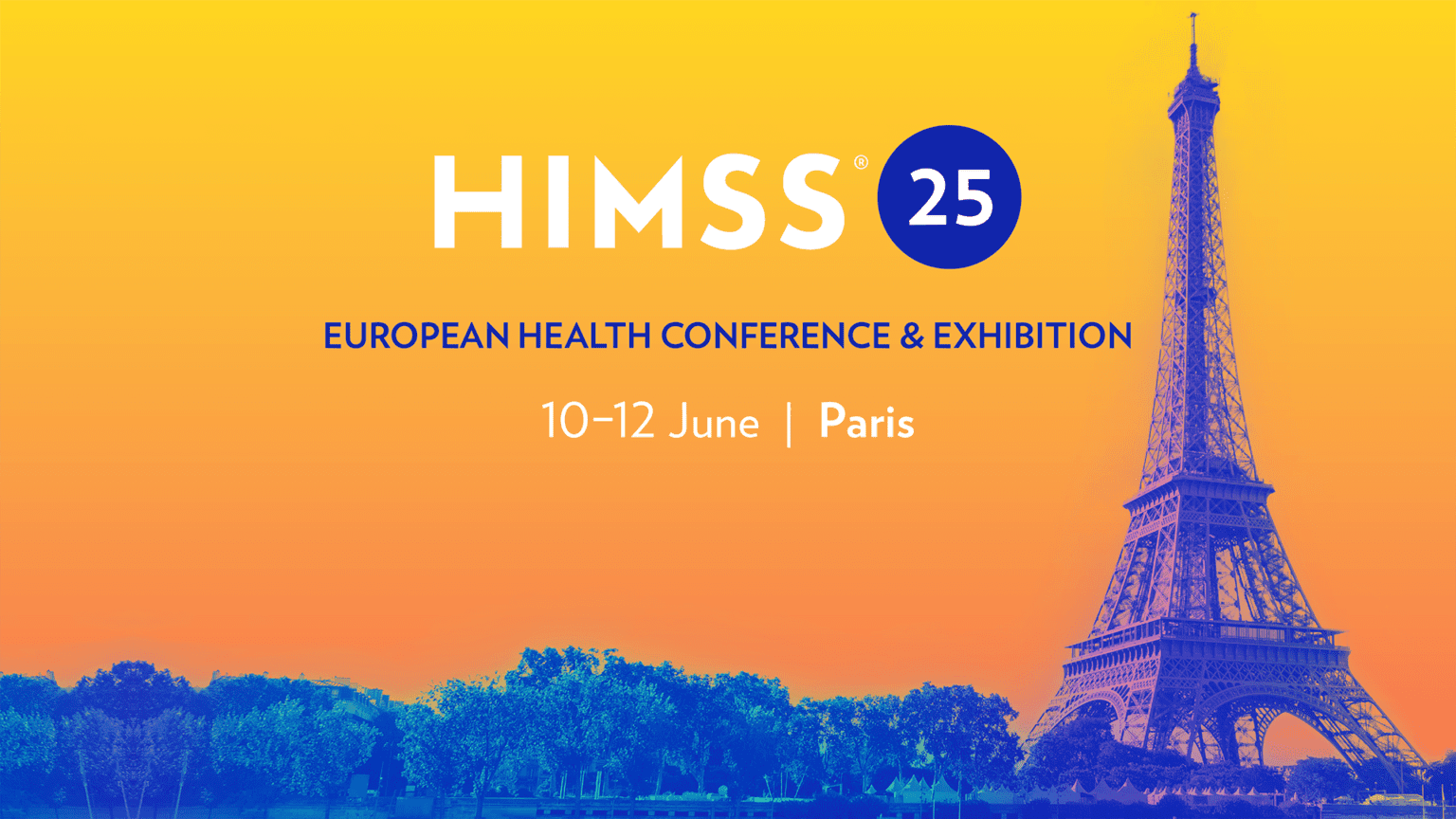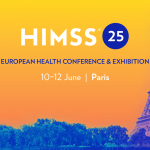Researchers at Yonsei University have developed a deep learning model that nearly perfectly identifies the cause and predicts the prognosis of central nervous system (CNS) infections using just a few images of immune cells taken from cerebrospinal fluid (CSF).
The AI was trained on 3D holotomography images, which capture structural and biochemical details of live cells without the need for stains or labels. It achieved 99% accuracy in classifying infection types—viral, bacterial, or tuberculosis—and 94% accuracy in prognosis prediction.
The team reports that these results can be obtained within an hour after collecting the CSF sample.
The study, published on March 26 in the journal Advanced Intelligent Systems, was highlighted by corresponding author Professor Park Yu-rang from Yonsei University College of Medicine’s Department of Biomedical Systems Informatics as the first to utilize 3D cerebrospinal fluid (CSF) immune cell morphology—rather than protein or genetic markers—for both diagnosing and predicting outcomes of central nervous system (CNS) infections.
Professor Park noted that this tool could “help shorten the time needed for diagnosis and treatment planning in patients with CNS inflammation.”
The prospective study involved 14 adults with confirmed CNS infections treated at Severance Hospital between January and October 2022. Researchers captured 1,427 immune cell images using holotomography, a label-free imaging technique that measures the refractive index (RI) of live cells to reveal their biophysical structure.
Patients were grouped by infection type and clinical outcome, assessed using the modified Rankin Scale (mRS) at discharge. Among the 14 participants, three had poor prognoses (mRS ≥4), and five were diagnosed with bacterial or tuberculosis infections.
The AI model, built on a modified DenseNet-169 architecture, was compared against the widely used ResNet-101. It achieved an area under the ROC curve (AUROC) of 0.89 in differentiating viral from non-viral infections, surpassing ResNet’s 0.82. For prognosis prediction, the model scored an AUROC of 0.79, which improved to 0.94 when analyzing five cells per patient.
Using five immune cell images per patient further enhanced performance, with the AUROC rising to 0.99 for infection type identification and 0.94 for predicting clinical outcomes, showing greater consistency and reduced variability across samples.
Cell morphology proved highly predictive: immune cells from viral infections featured larger nuclei and higher protein density, while cells from patients with poor outcomes exhibited greater dry mass but lower protein density—a pattern also observed in non-viral infections. These features were directly derived from holotomography-based RI measurements.
To interpret the model’s focus, the team applied gradient-weighted class activation mapping (Grad-CAM) to pinpoint cell regions influencing predictions. Variations in refractive index near the nucleus were critical: in viral infections, the relevant area was limited to the inner cell shell, whereas in poor-prognosis cases, nuclear components expanded laterally and outer region density decreased.
Unlike earlier AI models in infectious diseases that depend on clinical data or molecular tests—often requiring electronic health records or lab assays that delay results—this approach leverages cell shape and structure for rapid, label-free analysis with minimal laboratory infrastructure.

































